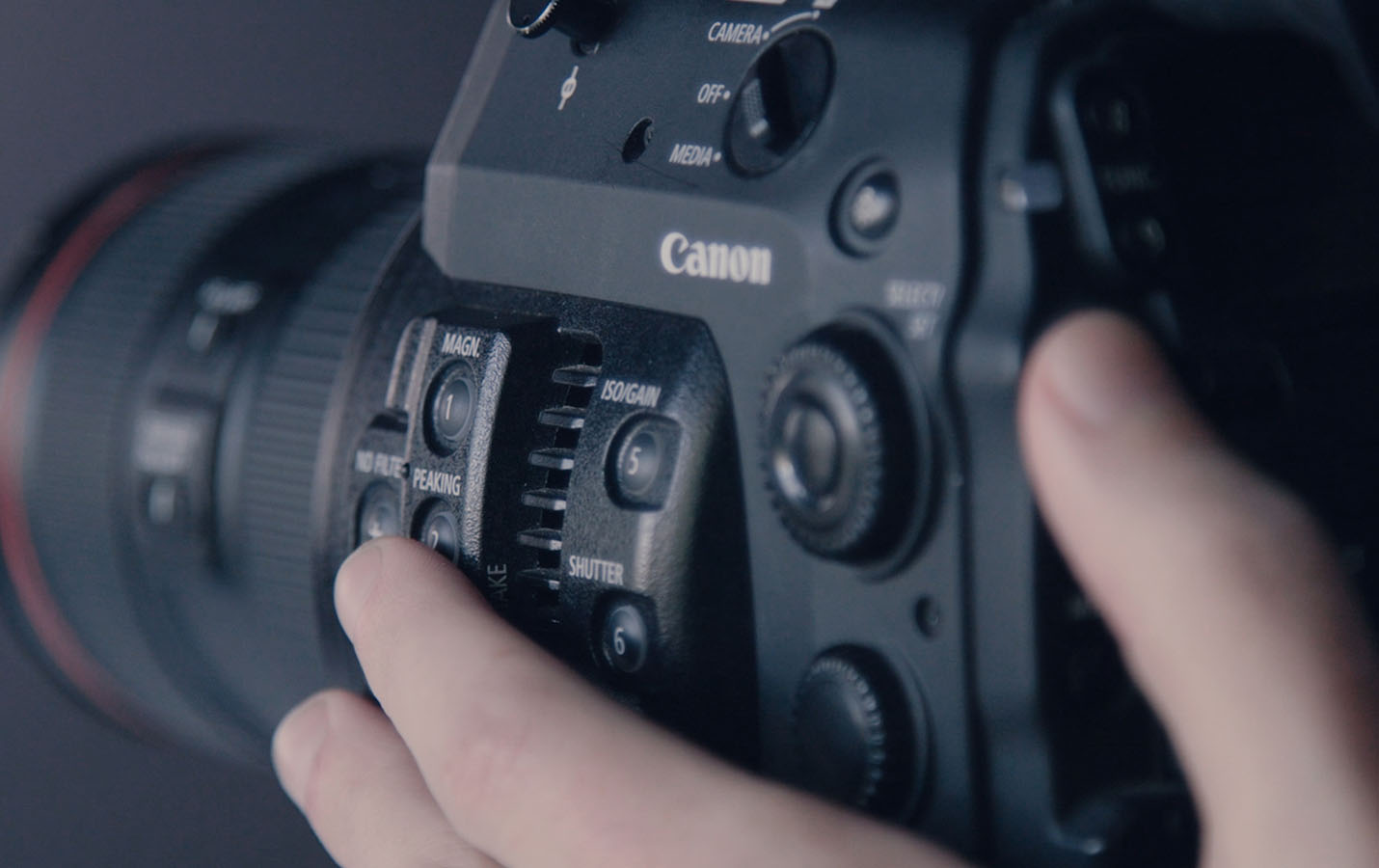
The videos your business needs on YouTube
We all want to stick our videos on YouTube and get millions of view from all over the world. Wouldn’t that be great? Unfortunately, unless you’re Lady Gaga or Robert Downey Jr, you’re unlikely to score those sorts of numbers when you’re just starting out.
However, thinking about the type of videos you upload and the messaging behind them is the first step to creating compelling videos that your target audience will love. The first two things you should consider when planning a new video are “what is my business selling? and “who are my customers?” If you don’t know the answer to those, stop reading and get back in the meeting room and sort out your business plan!
YouTube itself is populated with videos with lots of different styles: comedy, serious, corporate, short films, the list goes on and on. Try searching on YouTube for the sort of things that your customers are going to be searching for when looking for your product. Try to identify any weaknesses in the competitor videos that show up – this is where you can jump in and score with your own promotional video.
Here are a few different types of corporate video that do well on YouTube, that you might want to consider for your business:
Types of corporate video that do well on YouTube
The Channel Trailer
On YouTube, you have the option to select a video to be the first thing that a viewer is going to see when they come to your channel (aka your profile).
The best trailer videos are 30 seconds to 60 seconds long – any more than that, and no-one’s going to finish watching it.
It should start by immediately introducing who you are/what your business is. It should be positive, engaging and eye-catching to draw the viewer in and entice them into watching it to the end. Grabbing their attention is key – anything to stop them closing the page or watching a competitor’s video instead.
Being personal is something which viewers relate to. If there is no-one in the video or no human element at all, viewers aren’t going to be able to identify with your brand.
End the video with a strong call-to-action: make a big deal about joining your social media pages, and sharing the video to get more and more people interested in what you do. Show viewers a massive “Subscribe” button to make it easy for them to stay up to date with your videos.
It’s a good idea at this point to give out all your URL’s for your website and social media. After all, after they’ve watched the video, you want people to go to your website, to buy your product and earn you money.
Graphical Videos
These are videos which are populated by text and infographics. They are primarily used to share statistics and helpful information geared towards driving people to your website.
This doesn’t mean you can whack something together in Windows Movie Maker and think “this looks ace” because 10 times out 10, it will look nasty, tacky and drive away viewers (you only have to search for lyric videos to see what I mean).
For example, if you are an estate agent, looking to promote the success you have had selling and renting houses, you’ve probably got a lot of statistics about your success rate that could be shared. For these videos, you are going to need to hire someone to create video graphics – which all good video production companies or freelancers will be able to create.
All they will need is your branding, logo, any stats and images, and they are ready to go. With that video, you are instantly showcasing solid proof that you can deliver based on your “100% success rate”.
The Tutorial Video
Regular tutorial videos can work wonders for your marketing strategy.
After all, who reads instruction manuals anymore? They are often thrown out with the box the product comes in, as we assume that whatever we have bought works and is easy to use. How wrong we often are. If you’re like most people, when you don’t know how something works, you Google it. Let’s use, “how to build a sandcastle” as an example.
The 5th item to come up on page 1 of a search on Google, gives you a tutorial video. Imagine if that was a tutorial video you had created and it came up in that position on a Google search. Think of the possible traffic this high search engine ranking could bring!
If you’re reading this and going “oh no, I’ve got to be on camera haven’t I?”, let’s make one thing clear here: in a tutorial video, the focus and “star” of the video is your PRODUCT and NOT YOU.
If you’re watching a “how to make a Victoria Sponge” tutorial video, you will be focusing on how many eggs are going in and how heavily you have to stir in the mixture – not staring intently at the host. Viewers accept that not everyone is Jamie Oliver. What they don’t accept is a poorly produced video. That means no shaky iPhone footage, no dimly lit spaces, and no dodgy sound.
To ensure success with your tutorial video, we recommend hiring a cameraman and an editor (they are very often the same person) to get them to produce it professionally.
What type of video is best for my brand?
We often get asked this question, and it’s hard to give a definitive answer as every company is different. However, in general, we’ve found that:
- Product tutorial videos work well for those who sell software or complex products
- Recipe/cooking videos work well for those who sell food products or work in the food industry (e.g. caterers)
- Introduction videos (who we are, what we do, etc.) work well for more traditional, corporate companies
- Testimonial and success story videos work well for almost any business
- Graphical/statistics websites work well for e-commerce businesses, or those with strong track records of success (e.g. estate agents, law firms)
- Informational videos that explain technical terms, for example, “what is a responsive website”, work well for technology companies
So, what are you waiting for? Draft up some ideas, get your marketing team together, and let’s get that video started!




